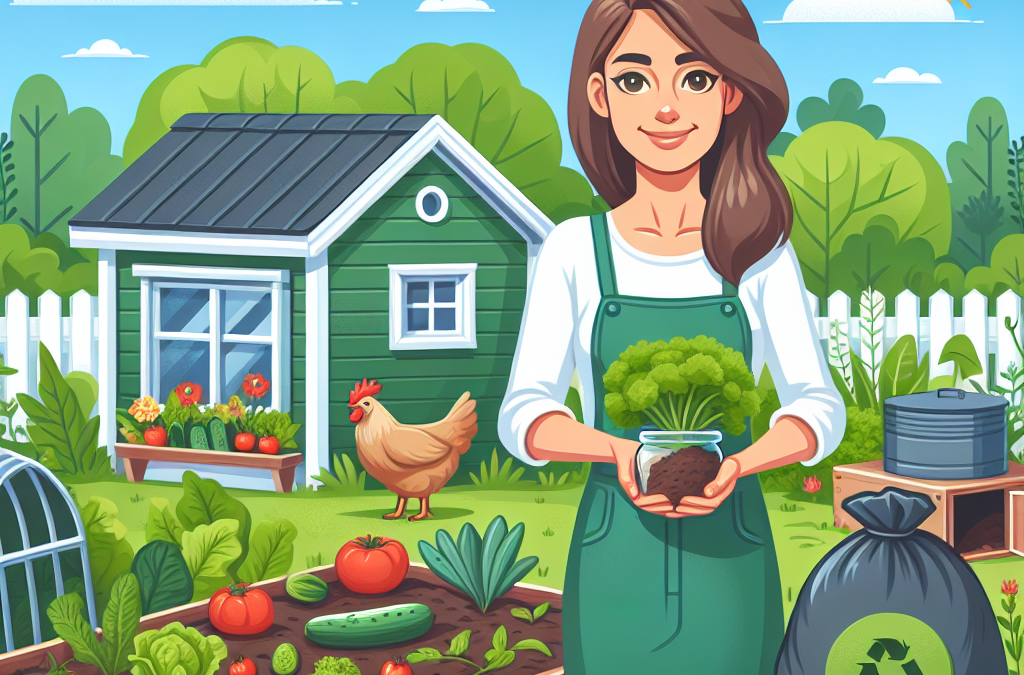Are you ready to start your own home farm? If so, then this article is for you! Home farming has become increasingly popular in recent years as people seek out ways to live more sustainably and reduce their carbon footprint. In this blog post, we’ll cover everything you need to know about starting your own home farm, from choosing the right plants and animals to marketing your homegrown products. Let’s get started!
Introduction to Home Farming
Home farming can be a rewarding experience that allows you to grow your own food and live a more self-sufficient lifestyle. However, it requires time, effort, and planning to succeed. Before you begin, consider why you want to start a home farm and what goals you hope to achieve. Do you want to grow your own vegetables or raise chickens for eggs? Are you interested in selling your produce at local markets? Once you have a clear understanding of your motivations, you can develop a plan that aligns with your goals.
Choosing the Right Plants and Animals
One of the most important decisions you’ll make when starting a home farm is which crops and animals to grow. Consider the climate and soil conditions in your area, as well as your personal preferences. For example, if you live in an arid region, growing drought-resistant crops like tomatoes and peppers may be a good choice. Similarly, if you enjoy eating fresh eggs, raising backyard chickens could be a great option. Research different varieties of plants and animals to determine which ones will work best for your specific needs.
Preparing Your Land for Planting
Once you’ve chosen your crops and animals, it’s time to prepare your land for planting. This involves clearing the space, removing any debris or rocks, and adding nutrient-rich soil. You may also need to install irrigation systems or fencing depending on your plans. Take the time to do things properly from the beginning to ensure optimal growth and productivity.
Building a Sustainable Ecosystem
A key aspect of successful home farming is building a sustainable ecosystem. This means creating a balance between plants, animals, and other organisms in your environment. For example, you might consider installing birdhouses to attract predators that will help control pest populations. Additionally, using natural fertilizers and composting can help maintain healthy soil and promote plant growth without relying on chemicals.
Harvesting and Preserving Your Crops
When it comes time to harvest your crops, take care to handle them gently and store them properly. Depending on the type of crop, you may need to blanch or freeze them to preserve their quality. Similarly, if you’re raising animals for meat or dairy, you’ll need to follow proper butchering and preservation techniques to ensure safety and taste.
Marketing Your Homegrown Products
If you’re interested in selling your homegrown products, there are several options available. Consider participating in local farmers markets or joining a community-supported agriculture program (CSA). You may also be able to sell directly to restaurants or grocery stores in your area. Remember to price your products competitively and highlight their unique qualities, such as being locally grown or organic.
In conclusion, starting a home farm can be both challenging and rewarding. By following these tips and tricks, you can set yourself up for success and enjoy the benefits of growing your own food and living a more sustainable life. Good luck!





